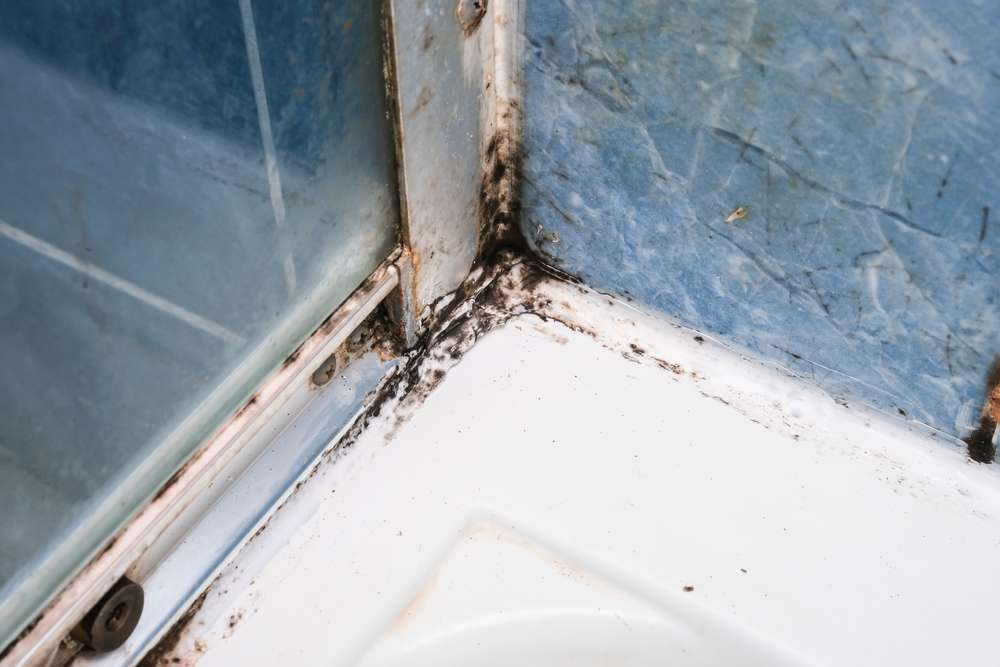Material selection to minimize maintenance needs
Choosing the right materials for a bathroom can cut long-term upkeep and protect against water damage and mold. This teaser highlights the importance of durable fixtures, effective waterproofing, and practical finishes that simplify cleaning, extend service life, and support accessibility and storage planning.

Selecting materials thoughtfully is one of the most effective ways to reduce routine maintenance in a bathroom and to lower the risk of costly repairs. Durable choices for fixtures, flooring, and wall finishes, combined with proper waterproofing and ventilation, limit moisture-related issues and simplify cleaning. This article explains how material decisions around fixtures, sink and shower fittings, tiles and grout, flooring, plumbing, drainage, ventilation, mold prevention, lighting, storage, and accessibility can reduce long-term upkeep and improve resilience.
How do fixtures and sink affect maintenance?
Fixtures and sink materials strongly influence cleaning frequency and lifespan. Solid-surface or vitreous china sinks resist staining and are easier to clean than porous stone. Faucets and exposed fixtures in brushed or satin finishes show fewer water spots than polished chrome and can mask minor wear. Opt for integrated or wall-mounted sinks and streamlined fixtures with fewer seams to eliminate dirt traps. Durable valve cartridges and ceramic disc faucets reduce drift and the need for replacements, cutting maintenance tied to leaks and mechanical failures.
What ventilation and mold prevention works?
Effective ventilation is essential to prevent mold and mildew growth that increases maintenance. Install a ventilation fan sized to the bathroom volume and rated for continuous or intermittent use; place it near the shower to remove moisture at its source. Pair ventilation with moisture-resistant finishes such as mold-resistant paint and sealed grout. Choose materials that tolerate humidity—like closed-cell trim and engineered surfaces—and design airflow paths so that residual moisture dissipates quickly after use, reducing cleaning and remediation needs.
Which tiles, grout, and flooring reduce upkeep?
Porcelain tiles and large-format tiles reduce grout lines and are less absorbent than natural stone, lowering staining risk. For grout, epoxy formulations resist discoloration and mold better than cement-based mixes, though they require careful installation. For flooring, consider waterproof luxury vinyl plank or porcelain tile with proper underlayments; these offer durability and simple cleaning. Non-porous, low-texture surfaces are easiest to maintain, while slip-resistant finishes that still shed water will reduce the need for intensive scrubbing and chemical cleaners.
How does waterproofing and drainage lower repairs?
Waterproofing the wet zones—behind tiles, around tubs, and beneath showers—prevents concealed rot and long-term damage. Use continuous waterproof membranes and sealants rated for shower areas and ensure flashing around penetrations. Proper slope and a quality drain system are critical: linear or centralized drains with accessible strainers help prevent clogs and pooling. Short-term investment in membranes and competent installation reduces future repairs from leaks, mold remediation, or structure replacement.
What plumbing and shower choices matter?
Choose accessible, serviceable plumbing fixtures and standardized connections to simplify repairs. Exposed-access panels and wall-mount valves make servicing easier than fully concealed systems. In showers, thermostatic or pressure-balanced valves stabilize temperature and reduce wear on components. Opt for showers with glass panels that are treated to repel water and scale; these need less abrasive cleaning than heavily textured alternatives. Durable shower bases in tile-ready pans with proper waterproofing or pre-formed acrylic pans both have pros and cons for maintenance—select based on installation and long-term inspectability.
How can lighting, storage, and accessibility help maintenance?
Thoughtful lighting and storage reduce incidental wear and the need for reactive maintenance. Moisture-rated, energy-efficient lighting placed to minimize shadowing around mirrors and fixtures eases visual inspection and cleaning. Integrated storage—recessed cabinets and niches with waterproof interiors—keeps personal items off wet surfaces and reduces clutter that fosters mold. Accessibility features like grab bars and curbless showers not only increase usability but also simplify cleaning by eliminating hard-to-reach gaps where grime accumulates. Durable finishes on cabinetry and shelving further lower replacement frequency.
Conclusion Material choices in a bathroom directly affect how much time and expense you will spend on upkeep. Selecting non-porous, easy-to-clean surfaces, specifying proper waterproofing and drainage, prioritizing ventilation, and choosing serviceable plumbing and fixtures will collectively reduce maintenance demands. Combining these selections with smart storage, lighting, and accessibility considerations leads to a more resilient space that performs well over time without frequent interventions.





